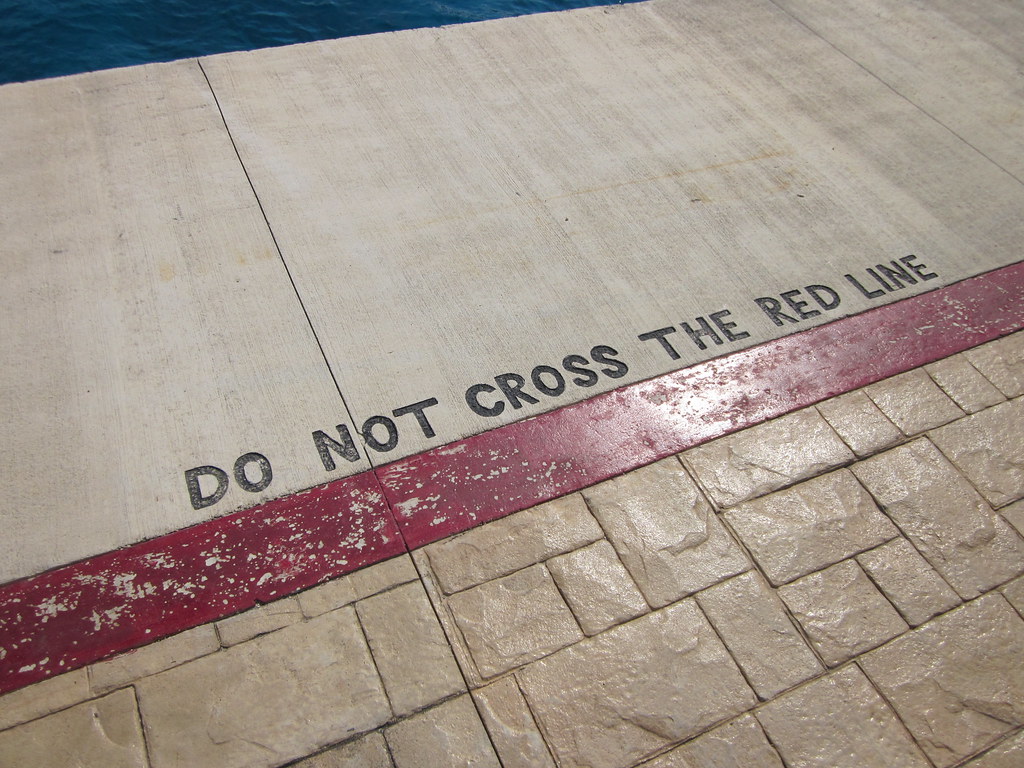Tarot cards have long fascinated people across cultures and generations, serving as enigmatic tools for divination, introspection, and decision-making. But what do these cards signify beyond their often-mysterious imagery? This article delves into the nuanced meanings behind these vibrant depictions, unearthing the layered interpretations that can enrich your understanding of yourself and your circumstances. Are you ready to embark on this enlightening journey, or will you be deterred by the complexity of esoteric symbolism? Let’s explore the Tarot and discover what wisdom it holds.
The Tarot deck consists of 78 cards divided into two main categories: the Major Arcana and the Minor Arcana. Understanding the distinction between these two groups is crucial, as they serve different, though complementary, purposes in a Tarot reading.
1. The Major Arcana: Archetypal Journeys
The Major Arcana consists of 22 cards, each representing significant life themes and spiritual lessons. These cards are often viewed as the core archetypes of the human experience, embodying transformative energies that can initiate profound change in one’s life. The first card, The Fool, symbolizes new beginnings and adventures, embodying innocence and spontaneity. When The Fool appears, consider the possibility of embracing your creative potential and stepping into the unknown.
In contrast, The World culminates this journey, signifying fulfillment, completion, and harmony. This card invites you to reflect on your journey thus far. Have you experienced personal growth? The Major Arcana prompts you to contemplate the lessons life has thrown your way, encouraging introspection on your evolution.
2. The Minor Arcana: Everyday Experiences
While the Major Arcana captures the grand, universal energies, the Minor Arcana focuses on the mundane aspects of life. Comprising 56 cards, these are further divided into four suits: Cups, Pentacles, Swords, and Wands. Each suit corresponds to specific elements and themes.
– Cups represent emotions, relationships, and connections, often involving water symbolism that suggests fluidity and depth. When a Cup card surfaces, it may signal an emotional experience or decision to be made.
– Pentacles signify material wealth, security, and practicality. These cards urge you to consider your relationship with money and the physical world. Are you nurturing your financial health, or are you neglecting it?
– Swords correspond to intellect, conflict, and decisions, resonating with the element of air. When Sword cards appear, they challenge you to confront your thoughts and confront underlying issues that may need resolution.
– Wands embody inspiration, creativity, and ambition, associated with the element of fire. The appearance of a Wand card may inspire you to pursue your passions and take action toward your goals.
Understanding the symbolism within these suits adds depth to any reading. Consider the interplay between the suits and the influences they wield over your life. How are your emotional decisions affecting your financial stability? Might your ambitions be clouded by conflicts in your thoughts?
3. Court Cards: Aspects of Yourself
The Tarot deck also contains 16 Court Cards, divided among the four suits, each representative of different personality traits or archetypes. Often, they can signify people in your life or aspects of your own personality. For instance, a King of Cups might indicate a compassionate mentor or the need to embrace emotional maturity within yourself. Alternatively, a Knight of Swords could reflect impulsiveness or a call to take swift action.
Ponder how these characters resonate within you or in your surroundings. Do you embody the qualities of a particular court figure, or are you surrounded by people exhibiting these traits? Identifying with the Court Cards can provide insight into interpersonal dynamics and self-reflection.
4. The Art of Interpretation
Deciphering the meanings of Tarot cards is not merely about memorizing definitions; it is about engaging in dialogue with your intuition. The challenge lies in weaving personal significance into the readings. This is where a playful, yet analytical mindset is useful. When presented with a spread, ask yourself: What is the story these cards are telling? How do their images converse with each other?
The juxtaposition of various cards elicits exploration. For example, The Tower—a card that often denotes upheaval and change—might take on a more optimistic hue when paired with The Star, symbolizing hope and renewal. What challenges are transforming you, and how can you emerge from adversity into a state of grace?
5. Tarot as a Mirror
Ultimately, Tarot serves as a mirror reflecting both your internal and external worlds. It is a potent catalyst for personal growth, offering opportunities to forge deeper connections with yourself. An engaged practitioner will use the cards not only as navigational tools but also as companions in their journey toward self-discovery. Will you allow yourself the space and time to explore the wisdom of the Tarot, or will you shy away from the challenge of facing your inner landscape?
In conclusion, understanding Tarot cards requires an embrace of complexity and nuance. Each card holds a tapestry of meanings that can transform mundane queries into profound exploration. So, the next time you encounter a Tarot deck, consider the wealth of knowledge it harbors. Will you take on the quest to discover the latent meanings and insights the Tarot has to offer?









Leave a Comment